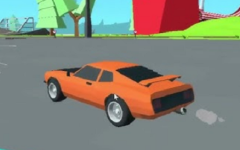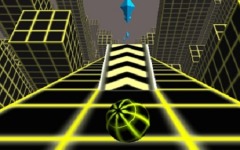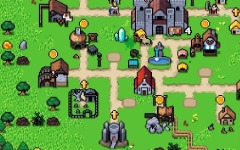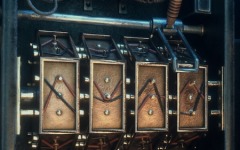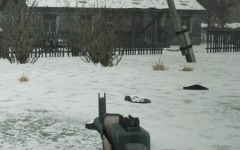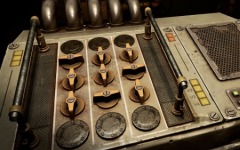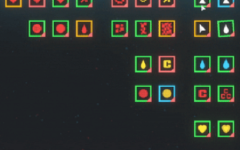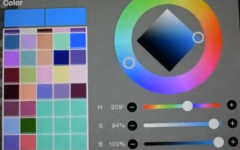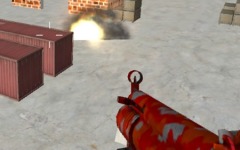Advertisement
Universe Simulator
Advertisement
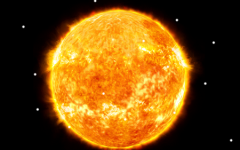
Universe Simulator is a digital platform that models cosmic systems through physical computation. It allows users to create and modify celestial objects while observing how gravity and motion interact in space. Each simulation is based on real physical equations governing mass, velocity, and distance. By adjusting parameters, the user can explore how stable or unstable orbits form, how collisions occur, and how energy distribution affects long-term system behavior.
Structure And Core Mechanics
The simulation calculates gravitational influence between all objects placed in the environment. When a star, planet, or asteroid is added, its force of attraction alters the path of other bodies around it. The user can manipulate these elements, control time speed, or introduce new variables at any point. The result is a continuously evolving system where balance and disruption depend entirely on physical consistency. The motion of each body is updated in real time based on its mass and position.
Available Objects And Parameters
Universe Simulator includes a library of space elements that can be inserted into the model. Each has adjustable physical characteristics, including density, temperature, and trajectory. Users can reproduce known systems or construct entirely new ones to test outcomes under different forces.
The primary components available for experimentation include:
- stars with variable mass and brightness
- planets with orbital paths and rotation speed
- moons and satellites linked to planetary systems
- comets, asteroids, and debris fields
- compact objects such as black holes and neutron stars
These elements can interact dynamically, forming systems that demonstrate gravitational relationships across multiple scales.
Observation And Time Control
Players can observe events through multiple perspectives — following a single planet, watching the entire system, or tracking orbital evolution. The time control feature allows slow-motion inspection of collisions or accelerated views of billions of simulated years. Data panels show kinetic energy, orbital period, and relative velocity. Collisions generate measurable changes in trajectory, letting users analyze the results of impact or capture. The data recorded can be exported or compared across different runs.
Universe Simulator serves as a framework for studying motion and balance in a self-contained environment. It demonstrates how fundamental physics produces organized or chaotic systems depending on conditions. The user becomes both observer and experimenter, applying adjustments that reveal how stars, planets, and matter respond to the same principles that govern the real universe.





















































































































